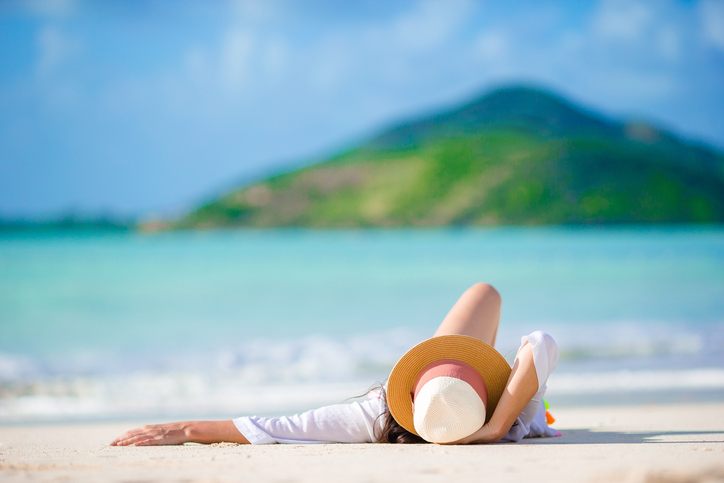
What to do in case of sunstroke
Spending too long in the sun can harm your health. Learn how to react
Your body needs more fluids in the summertime. As temperatures soar, you sweat more and if you are active in the heat you lose even more fluids, which are essential for the body to function correctly.
If your body is not able to compensate for changing temperatures, your vital functions may suffer, leading to health hazards such as cramps, dehydration, heat stroke or sunstroke.
Sunstroke is caused by excessive exposure to the sun, and causes redness of the skin, low blood pressure and, sometimes, fainting.
What to do in case of sunstroke
Remember to act quickly! Early treatment is vital to the patient’s.
1. Find somewhere cool: take the person somewhere cool and well ventilated and take off any necessary clothing. Because the patient cannot sweat, do things to help cool his or her body down.
2. Get medical help: call the emergency telephone number immediately. In the European Union, Switzerland, and Turkey, this is 112, while in the USA, Canada, and Mexico, it is 911.
3. Wet the person: try to cool the person down by showering, dousing him or her with water or cold wet cloths. Body temperature should be lower than 38.3ºC.
4. Give him or her some air: use a hand or electric fan. You can also massage the person to stimulate peripheral venous return to the brain and overheated organs.
5. Recovery: the emergency services will replace lost fluids using serum and monitor the patient’s breathing and heart rate. If desired, the patient can take cooling sips of cold water.
Prevent sunstroke this summer by not exercising during the hottest part of the day, drinking plenty of water, even when you are not thirsty, and protecting yourself from the sun by wearing breathable fabrics, hats and using parasols.
Elderly people and small children are more sensitive to changing temperatures. Protect them!
This post is also available in: Portuguese (Portugal)
